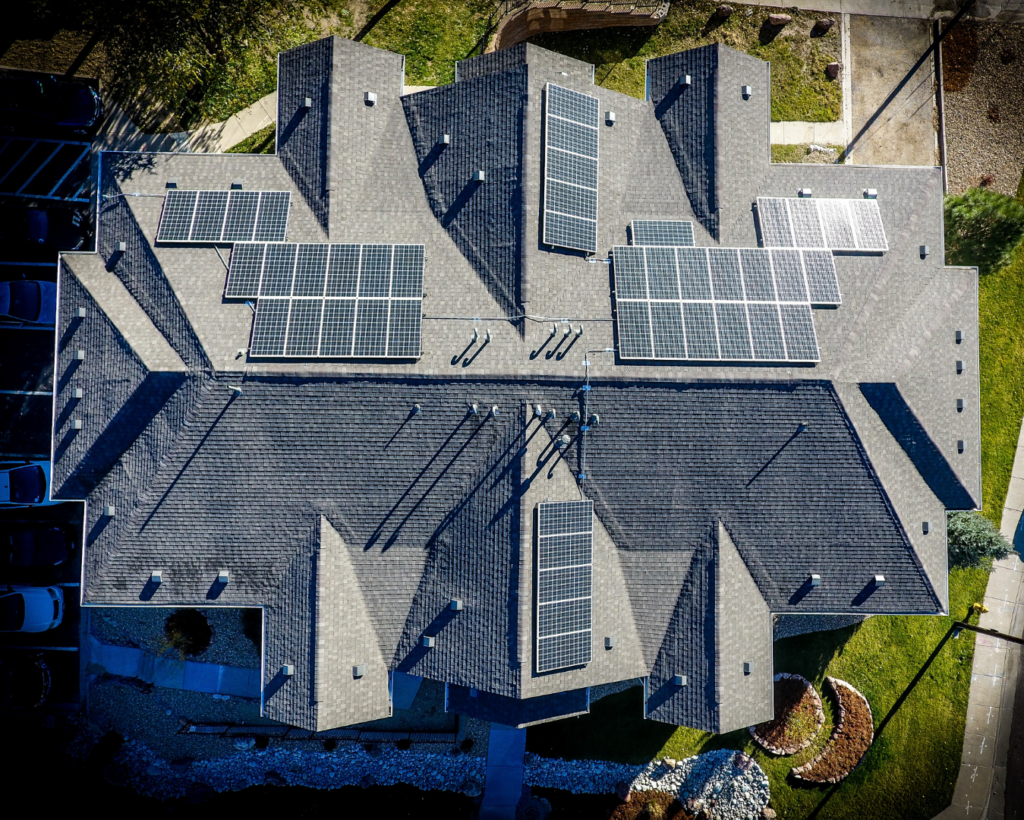Alternative Power Generation Technologies: 3 Key Factors
As the movement to reduce or eliminate greenhouse gas emissions gains momentum among policy makers, the general public, and members of the power industry, interest in alternative power generation technologies has never been higher.
In our recent white paper, “How to Assess the Impact of Alternative Power Generation Technologies,” we summarized some of the most talked about alternative power generation technologies. Some are in their early, conceptual stages and others have started to gain widespread use. They include:
- Wind power
- Solar power
- Small modular nuclear reactors
- Distributed power
- Capture and storage of carbon dioxide

While these technologies (and others that have yet to progress beyond the drawing board) are gaining more attention, their impact on the energy system, the economy, the environment, and other areas remains to be seen.
The impact of alternative power generation technologies over time will depend on a number of factors. Three of the most significant ones are environmental policy, electricity storage technology, and energy efficiency.
1. Environmental Policy
There are already many existing environmental policies at the state and national level designed to reduce greenhouse gas emissions and encourage the use of alternative power generation technologies. Examples include the Environmental Protection Agency’s new Clean Power Plan, California’s Global Warming Solutions Act of 2006 (AB32), the Regional Greenhouse Gas Initiative (RGGI) in the northeast, and the various state renewable portfolio standards. (We discussed two of these policies and more in our white paper, “Top Environmental and Energy Policy Challenges.”)
Some observers believe that regional and national carbon policies will evolve and become more stringent over time. If this occurs, it could have a major impact on the demand for alternative low-carbon or carbon-free power technologies.
2. Electricity Storage Technology
Many of these emerging technologies—wind and solar, for example—are intermittent, meaning they rely on resources that are not available on a consistent basis. This can cause stress on the power grid and raises concerns about reliability. For certain power technologies to be feasible, some say, reliable and affordable storage technologies must also be developed.
The cost of current storage technology is quite high, but more research is being done to find ways to reduce the cost. Technologies under consideration include solid state batteries, such as lithium ion, thermal energy storage, and compressed air storage. In addition, California has established a mandate that the three major investor-owned utilities in the state procure 1,325 MW of storage by 2020.
3. Energy Efficiency
The demand for electricity plays a direct role in the demand for alternative power generation technologies. In some ways, energy efficiency efforts and policies at the state and national level can compete with alternative technologies. If the demand for electricity goes down, so might the need for new technologies to generate that electricity. In addition, EPA’s new Clean Power Plan explicitly encourages states to include energy efficiency in their compliance plans as a resource for meeting emission reduction targets.
Assessing the Future of Alternative Power Generation Technologies
When people and organizations want to understand the impact an energy technology will have, they often turn to computer modeling. Because the three factors identified in this article are so important, we recommend that they be considered in any energy modeling. The approach we use—and recommend—is called integrated modeling. Integrated modeling allows us to look at the wide-ranging impact of these factors (and plenty more) over multiple possible scenarios for alternative power generation technologies.
For a closer look at how integrated modeling works for analyzing alternative energy futures, download our free white paper.

